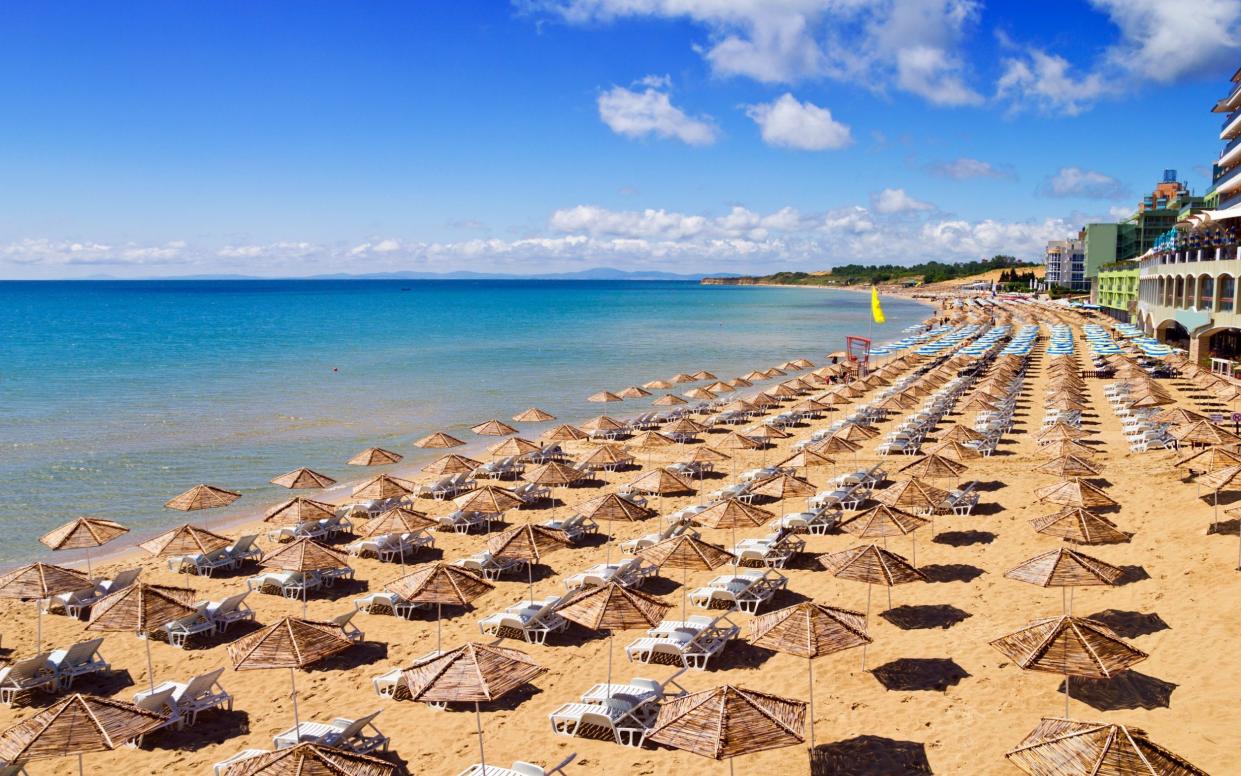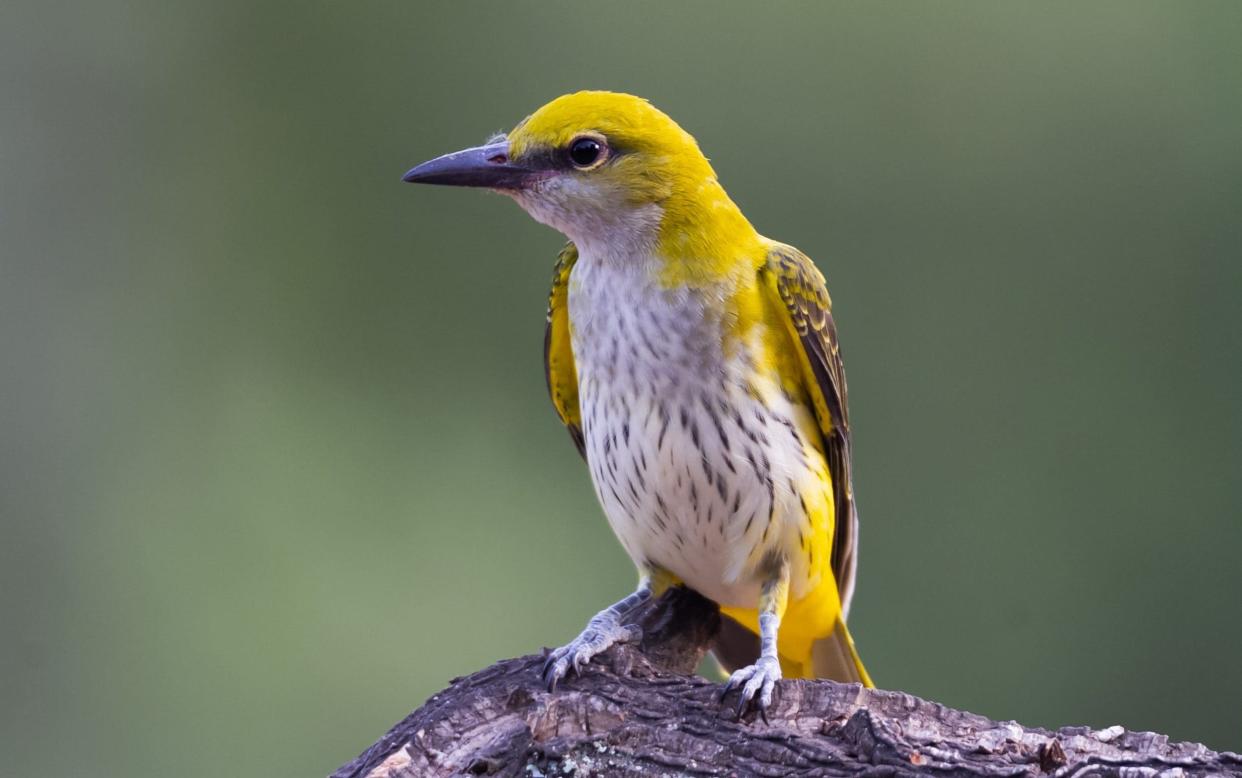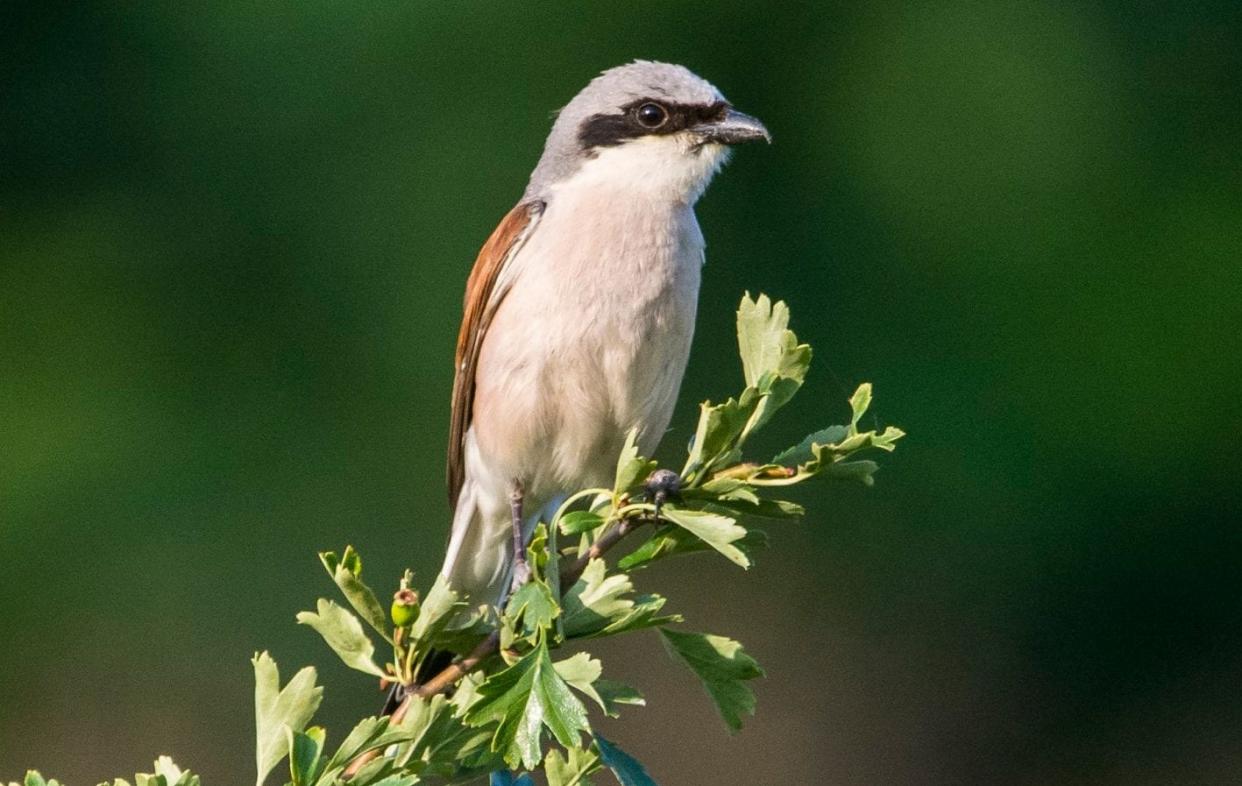Bulgaria offers an absurdly affordable beach break – with brilliant birdlife

If ever you want to experience a time warp, take a trip to Bulgaria’s Black Sea coast. Its 1960s beach hotels are everything you might expect from properties that were built in the Soviet-era and not since updated.
Though my three-star hotel room is pleasant enough and I can drift off to sleep to the sound of the waves, it’s a space with scant consideration for interior design. But what it lacks in up-to-date style, it more than makes up for in value for money.
While budget resorts elsewhere in Europe – Mallorca’s Magaluf, say, or Faliraki in Rhodes – have tried to upgrade from their mass-market roots, Bulgaria’s sun-and-sand offering remains unashamedly cheap and cheerful.
I’m in Nessebar, about a half-hour drive from the airport at Burgas (and ten minutes from rowdier Sunny Beach), and my sea-facing room, with breakfast, is costing me £50 per night.
OK, so it may not be all that sophisticated, but does it really matter when there’s a sweep of apricot sand outside and I’m only a 15-minute walk from Old Nessebar: a walled World Heritage City that, though touristy, is utterly charming?

Either way, I’ve not come to Bulgaria for fancy hotels and five-star service. I’m here because – beyond affordable beach breaks – its Black Sea Coast offers excellent birding.
As well as being incredibly biodiverse in and of itself, the region is a pinch-point on the Via Pontica, one of Europe’s major migratory flyways. In spring and autumn, birds of all kinds pass through in their thousands as they journey between their summer and winter domains.
And what birds they are. At peak migration times, there will be pelicans, storks and eagles soaring high up on the thermals, while others – turtle doves, nightingales, red-footed falcons – pass through at less lofty altitudes.
Add in an impressive roster of breeding species from colourful rollers and golden orioles to regional specialities like pygmy cormorants and it’s no wonder that Bulgaria is so beloved by visiting birdwatchers.
To maximise avian encounters, I’ve hired a birding guide for the day. As the founder of the Bulgarian Society for the Protection of Birds and one of Bulgaria’s leading ornithologists, there’s nobody more qualified than Petar Iankov.

As we set off from Nessebar on a May morning, Petar explains why Burgas is such a magnet for birds. “The key thing here is the complex of lakes around Burgas,” he reveals, “which itself is at the Black Sea’s westernmost point.
“The four main lakes vary between saline, brackish and freshwater habitats, with each surrounded by landscapes that provide opportunities for birds to breed, winter or pause on their journeys from Africa and the Mediterranean towards Poland, Germany, Russia and Ukraine.”
Our first stop is saline Pomorie Lake. As we step out of the car, we’re accosted by the calls of Sandwich, little and common terns as the males try to impress potential mates with gifts of silvery fish.
Avocets and black-winged stilts are taking a quieter approach to the nesting season, with many birds already incubating. We admire a group of pygmy cormorants standing in line with their wings held out to dry: so much smaller and more reptilian-looking than their commoner cousins that I know from back home.

With lots of ground to cover, we soon move on to Atanasovsko Lake: another saline water body but with rather different birds. The stars of the show here are flamingos standing tall with heads immersed, sifting the water for shrimp. They look underwhelmingly pallid until a party of them takes flight and flaps away on crimson wings, their long pink legs trailing behind.
We pause for a picnic at the lake’s far end, where cuckoos are calling and energetic bee-eaters live up to their name. While we watch the birds’ comings and goings, Petar tells me more about Bulgaria’s wildlife riches. “One of the few good things to result from a half-century of communist rule was that technology didn’t move as fast as in Western Europe,” he explains.
“Had our harder-to-reach old-growth forests been in Germany, for example, they would have been felled after the war, and our birdlife would have been decimated by agricultural chemicals. So as foreign birdwatchers began to discover Bulgaria when the Iron Curtain fell, they were stunned at our abundance of wild birds.”

As if to accentuate his point, a mid-sized songbird chooses that moment to perch on a fence post nearby. It’s a red-backed shrike: once common in Britain’s countryside, but a species whose disappearance from our isles is attributed to pesticides.
To mix things up, we make a post-lunch visit to an area of lark-rich steppe, via villages with a stork’s nest atop every lamppost. At a disused quarry, Petar performs a convincing (but unsuccessful) attempt at luring the local eagle owl into view by mimicking its call. And at Aquae Calidae, famed since antiquity for its health-promoting hot springs, we fill our bottles with mineral water before heading back to the lakes.
Brackish Burgas Lake adds pelicans, grebes and black terns to our tally before we conclude at PODA Nature Reserve, where the last lake, Mandrensko, meets the sea. Though only one square kilometre in size, this patch of scrub, reeds and open water has racked up sightings of 315 bird species: around a quarter of Europe’s avifauna.

From the visitor centre, we watch spoonbills and ibises ferrying food to their nestlings, while the colony of terns goes berserk whenever a predatory harrier glides over. It’s a marvellous sight, full of energy and life; but there’s only a handful of others here to witness this avian spectacle.
“Bulgarians are pragmatic,” Petar says by way of explanation. “Birdwatching isn’t popular nationally as it has no specific purpose.”
But an appreciation of nature is essential to its conservation.
“Bulgaria’s biodiversity has been eroded since The Changes [post-communism],” he admits. “It’s important that locals see the value that nature-based tourism brings to our countryside; we just need more visitors coming to experience it.”
How to do it
Jet2 flies to Burgas from nine UK airports including Birmingham, Bristol, Glasgow, Newcastle, Manchester and London Stansted. Seven nights’ B&B at Nessebar’s beachfront Hotel Mirage costs from £619pp in September, including flights and transfers.
A day’s guided birding with Petar Iankov costs around £85 (contact via poda@bspb.org). For birding and photography day tours, also from £85, try Nature Monitoring. April/May and August/September are the peak migration months.


